Finally, after Posidi, Greece, 2018, we had a successful PATA Days meeting! The meeting in 2019 was cancelled due to organisational problems and we held a student summer school instead in Prague. All plans were set for Chile in 2020, but it had to be cancelled twice because of Covid-19. Now it finally happened! The organisers Magali Rizza and Stéphane Baize and their wonderful team took us to Aix-en-Provence…
Make sure to scroll down to learn about the future of PATA!
Field Trips
The meeting started with a one-day field excursion; half of the group went to see the 2019 Le Teil Earthquake ruptures and the trenches Jean-Francois Ritz and colleagues had opened across the La Rouvière Fault, which is part of the Cévennes Fault System. The other half went to the Trévaresse Fault System and the epicentral area of the 1909 Lambesc Earthquake. After the three days of conference, the groups were swapped so that everyone had the chance to attend both field trips. (Download the filed trip guides here: https://patadays-2022.sciencesconf.org/.) The Le Teil earthquake showed reverse motion both in seismological and in geodetic data, which fits with field observations. However, evidence for long-term reverse motion on the fault is very hard to find in the field and there were a lot of discussions in the trenches.
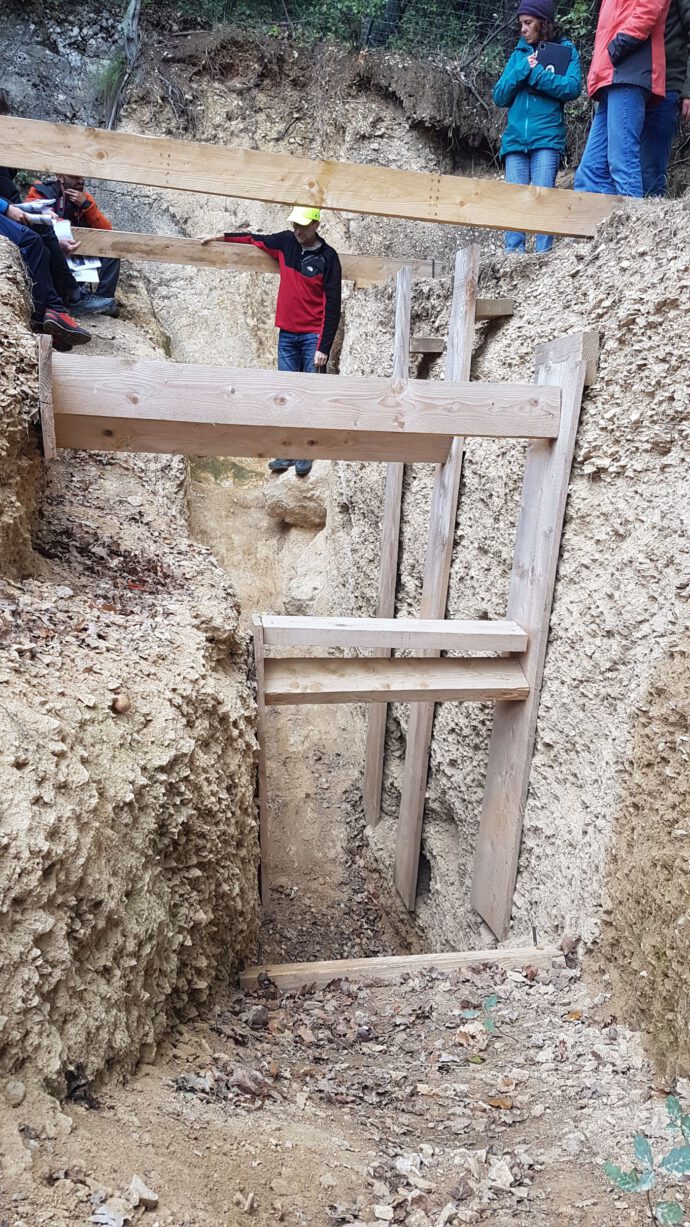
Research is also ongoing on the Trévaresse Fault System with its very low slip rates – a true challenge. We were all amazed by how it was still possible to find suitable trench sites. The impact of the 1909 Labesc Earthquake could still be seen in the village of Rognes.
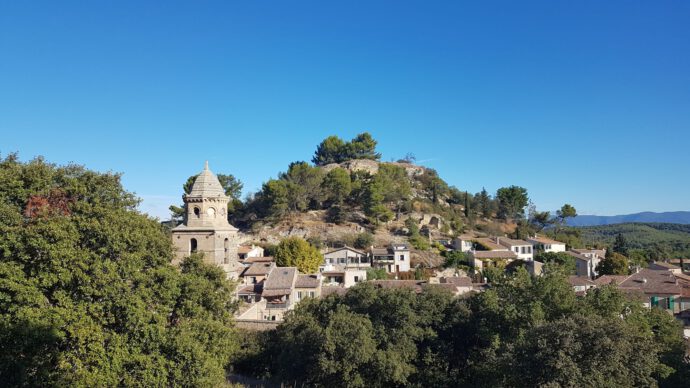
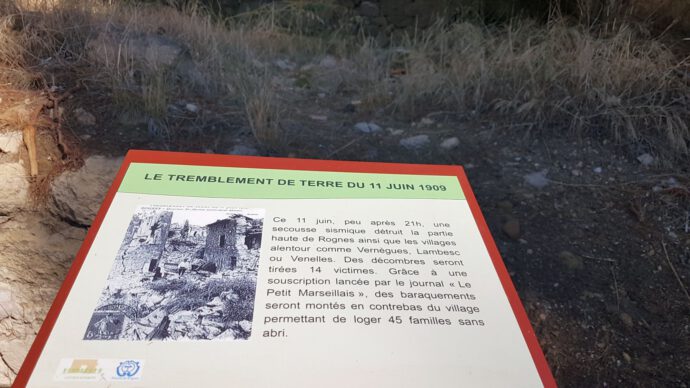
The meeting
The three days of talks and posters were really amazing – just as if people had kept all their good stuff for the PATA Days. We had sessions on
- Earthquakes of Plate Interiors
- Archaeoseismology and Historical Earthquakes
- Earthquakes Geology and General Contributions
- Advances and Challenges in Dating
- Advances in Earthquake Geology Techniques (Onland and Offshore)
- Contributions to Seismic Hazard Analysis
- Flash talks on every poster presentation
The INQUA TERPRO project EDITH organised a cool “Hands-on workshop on Artificial Intelligence in Geosciences”, lead by Dr. Anika Braun. You can download the programme and the short abstracts here: https://patadays-2022.sciencesconf.org/
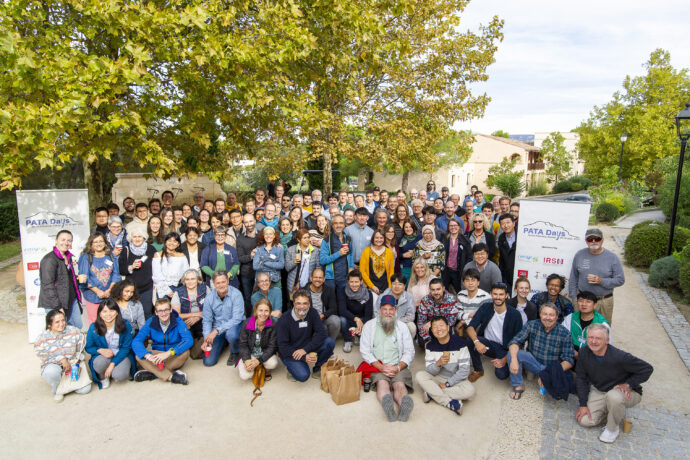
I was especially impressed by the quality of the talks and posters presented by Early Career Scientists. We all know that some of the silver backs can give great and entertaining talks – and they did so in France – but the young colleagues were extremely well prepared and showed great science.
Huge thanks to Magali, Stéphane, to the organization committee and to all helpers, it was truly wonderful. Also many thanks to INQUA, INQUA TERPRO, and project EDITH for their continued support, which allowed to help a large number of young researchers to attend the meeting with financial support. Additional support came from CNRS, CEREGE, IRSN, UNESCO – Project IGCP-669 Ollin, Géoazur, IPGP, EDF, RESIF, CEA, Aix-Marseille Université, IRD, OCA, and UCA – many thanks!
The post-conference field trip
Some of us were lucky enough to attend the post-meeting field trip to the Western Alps led by Hervé Jomard, Riccardo Vassallo, Christophe Larroque, and Christian Sue. The first day took us to the epicentral area of the 1959 Ubaye earthquake and to the High Durance and Serenne fault systems.
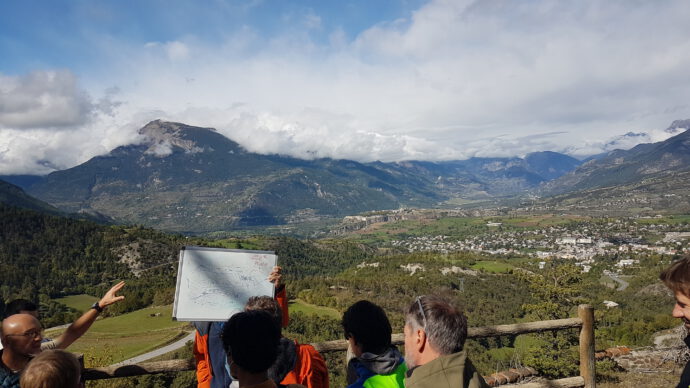
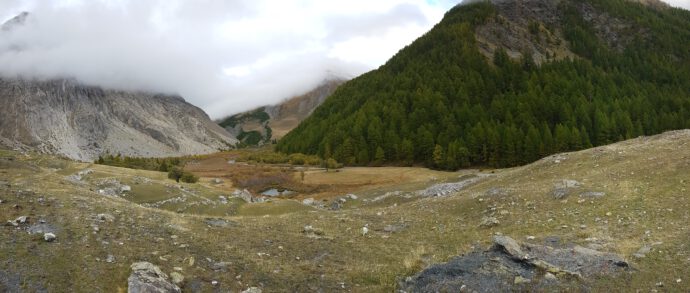
We stayed over night at Barcelonnette. The second day was devoted to gravitational deformation at the Argentera massif and a visit of the Bersezio Fault in the Orgials valley at the Lombarde pass.
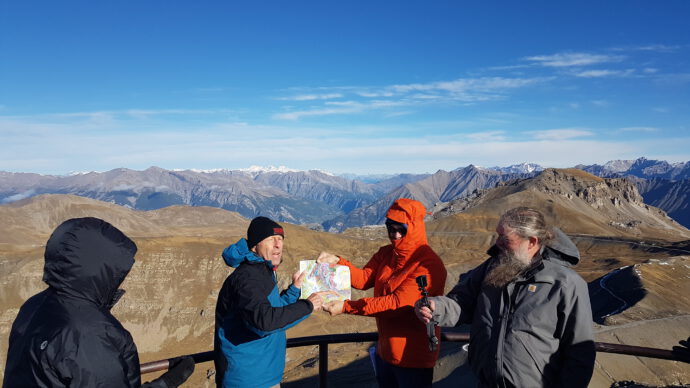
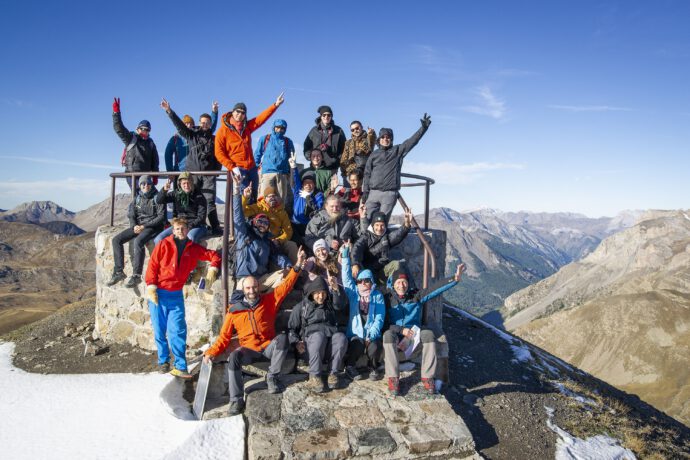
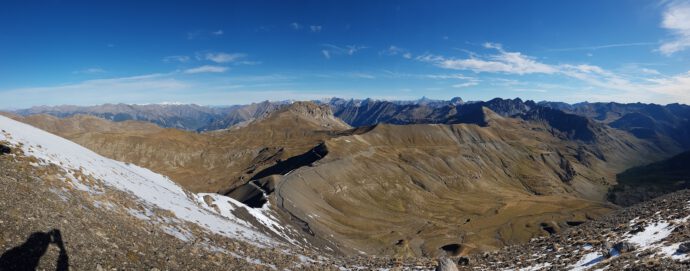
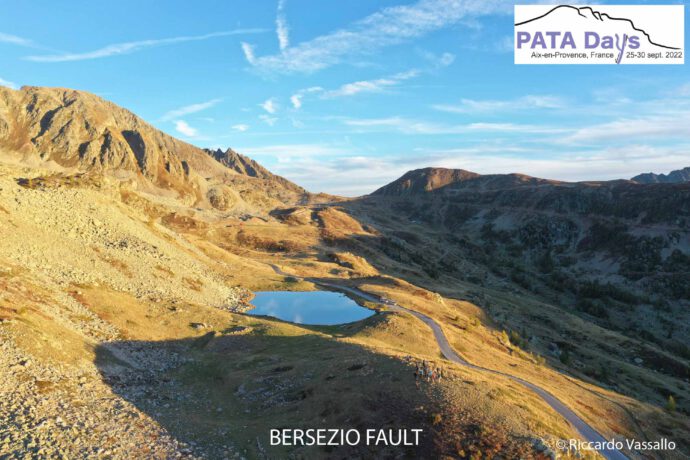
The field was amazing. Low deformation rates make it extremely difficult to identify active faults, plus there’s the problem of gravitational movements, glacial processes etc. Truly challenging! I am sure we’ll hear more about the area, soon. Thanks to all field trip leaders for this unforgettable experience.
You can download the filed trip guide here: https://patadays-2022.sciencesconf.org/
More great photos from the meeting and the field trips can be found in Shmulik’s GoogleAlbum.
The future of PATA
In 2023 we will not have a PATA Days meeting because of the INQUA Congress in Rome. Instead, we will organise a student-only summer school in Naples, Italy. Initially we had plans to go to China in 2023, but two main reasons made us change plans during the TERPRO business meeting during the PATA Days in France. The first reason is that we learned from the PATA community that a meeting each year is too much, so the compromise was to not have PATA meetings any more in the years of the INQUA congresses. The second reason is that the Covid19 policy currently in place in China makes it virtually impossible for most researchers from abroad to visit the country. Just a few days ago the Chinese government affirmed that they are not planning to deviate from their zero-Covid19 policy any time soon. We all hope that we can have PATA in China once the situation has become easier.
In 2024 we will then go to Chile – yeah! Our colleagues and friends from Chile actually organised the meeting twice – it just didn’t happen. So we are really pleased that they volunteered again. We’ll probably be not going to Mejillones Peninsula, but to Santiago instead. More details to follow.



No Comments
No comments yet.